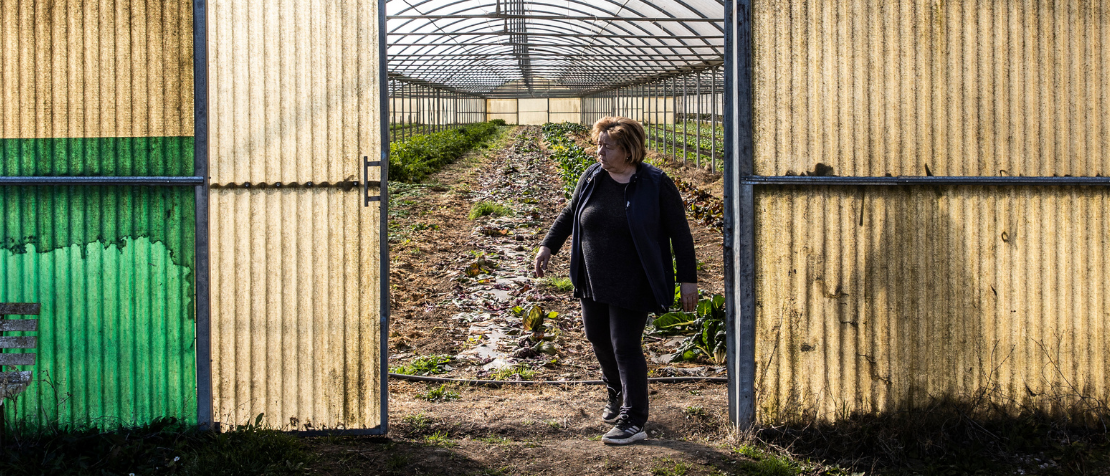Standing the test: Five countries see proof of IPM success at FAO workshop
Integrated pest management helps balance agricultural productivity and environmental sustainability

©FAO/Cristiano Minichiello
Integrated pest management (IPM), developed as a response to steadily increasing pesticide use, combines biological, chemical, physical and crop-specific management strategies and practices to grow healthy crops while minimizing the use of pesticides.
The Food and Agriculture Organization of the United Nations (FAO) this week held a two-day workshop for experts, representatives of universities and other partners from Azerbaijan, Kazakhstan, Kyrgyzstan, Tajikistan and Türkiye to teach them more about the approach and share best practices. As a platform for presenting achievements, sharing lessons learned and strengthening regional collaboration on the future of IPM, the workshop set the ambitious goal of encouraging long-term commitment to IPM strategies across the region.
The event, held 21–22 May, is part of the soon-concluding FAO project Pesticide Lifecycle Management and POP Pesticide Disposal in Central Asia and Türkiye, funded by the Global Environment Facility (GEF), and thus contributes to its overarching aim of preventing the buildup of new obsolete pesticide stocks by introducing better agricultural practices, enhancing sustainability and resilience, and reducing pesticide reliance.
“Integrated pest management is a holistic and environmentally friendly approach to pest control that balances effective pest management with the protection of human health, beneficial organisms and natural ecosystems,” explained Tania Santivanez, an FAO agricultural officer. “It can become a key element in promoting sustainable agricultural systems, reducing reliance on chemical pesticides and ensuring long-term food security, all of which are crucial to FAO’s work.”
At the workshop, Santivanez and her colleagues presented workable IPM solutions that balance agricultural productivity and environmental sustainability.
Participants widened their knowledge on topics such as global trends in IPM management, the sterile insect technique, innovations in biological control and biopesticides, and examples on integrating artificial intelligence and remote sensing in pest management. They also learned from country cases related to plant protection, climate change and sustainable agriculture. An overview of IPM trials and their achievements in the five beneficiary countries shared proof that effective pest control can be achieved despite the reduction of chemical and highly hazardous pesticides.
Testing integrated pest management in five countries
The trials focused on key crops that are widespread across the region, including apples, tomatoes and cabbage. The results were encouraging.
In areas where IPM was applied, plant pests have been controlled effectively, despite reductions in pesticide use of 30¬–70 percent. In many cases, IPM methods performed as well as – or better than – conventional approaches. Furthermore, these strategies often required less labour, posed fewer health risks to farmers and proved to be economically feasible.
“The trials showcased that IPM is not only a viable alternative to pesticide-heavy farming but also a scalable and farmer-friendly solution that can contribute to national strategies on pesticide risk reduction,” said Zsuzsanna Keresztes, an FAO IPM expert.
Many participating farming communities have continued to apply IPM methods beyond the scope of the project, highlighting the local adaptability and acceptance of these practices and the sustainability of the result.

